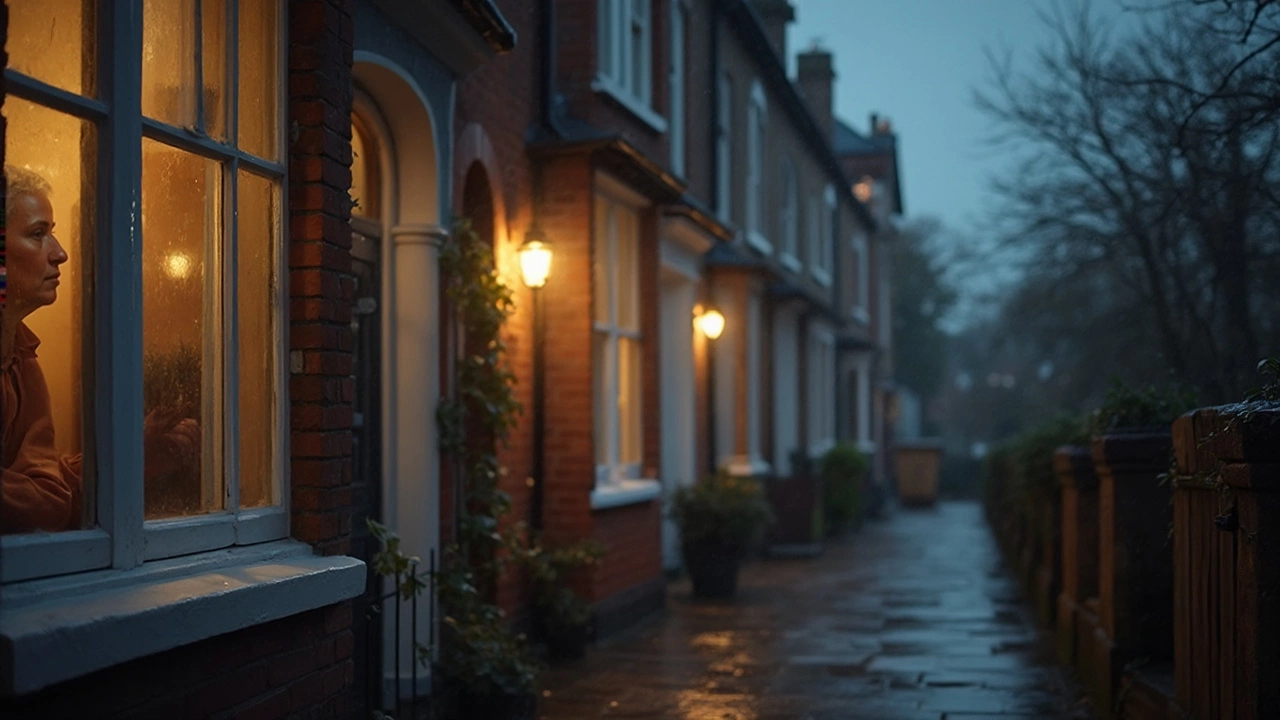When you add a camera or a video doorbell to your home, the first thing that comes to mind is the hardware – the lens, the motion sensor, the night vision. What you often forget is the internet that powers them. A weak or unstable connection can turn a high‑tech gadget into a dead weight, and you’ll miss alerts, live feeds, or cloud recordings.
Every time a camera streams video, it uses a slice of your bandwidth. A 1080p camera can gobble up 2‑5 Mbps, while a 4K model may need 8‑12 Mbps. If you have several devices at once – a doorbell, a backyard cam, a nanny‑cam – the numbers add up fast. When your router can’t keep up, you’ll see pixelated footage, delayed alerts, or complete drop‑outs.
Latency is another hidden factor. Even if you have enough megabits, high latency (the time it takes data to travel) can cause a lag between motion detection and the push notification you receive on your phone. That lag reduces the usefulness of real‑time monitoring, especially if you rely on instant alerts to scare off intruders.
1. Choose the right Wi‑Fi band. Most security cameras work best on the 2.4 GHz band because it reaches farther through walls. If you have a dual‑band router, reserve 5 GHz for streaming TVs or gaming consoles, and let cameras stay on 2.4 GHz.
2. Place the router centrally. A router tucked in a corner or basement will struggle to reach a front‑yard doorbell. Elevate it on a shelf and avoid obstacles like thick brick walls or large metal appliances.
3. Upgrade to a mesh system. If your property is large or has multiple floors, a mesh network spreads the signal evenly. This avoids dead zones where a camera might drop off.
4. Limit background traffic. Streaming movies or large downloads while your cameras are recording can choke the bandwidth. Set up Quality of Service (QoS) rules on your router to give priority to security devices.
5. Check your ISP plan. Many UK broadband packages advertise “up to” speeds that fluctuate with peak usage. A plan offering a consistent 30 Mbps download and 5 Mbps upload is a safe baseline for a small system; add 10 Mbps more for every additional high‑resolution camera.
6. Consider wired connections. If possible, run an Ethernet cable to your doorbell or main outdoor cam. Wired links eliminate Wi‑Fi interference and guarantee stable throughput.
7. Keep firmware updated. Manufacturers often release tweaks that improve compression algorithms, reducing the data needed for each frame. A quick router or camera firmware update can shave off a megabit or two of usage.
By treating your internet like a core component of your security system, you avoid surprise outages and keep every alert where it belongs – on your phone, in real time. A solid connection means clearer video, faster notifications, and peace of mind that your home is truly protected.

Wireless security cameras sound like they should work without internet, right? It’s not quite that simple. This article breaks down when you actually need internet for your wireless cameras, what you can do with or without it, and where you might run into problems. We’ll also look at a few sneaky tips for getting the most from your setup. If you’re wondering if you can cut the cord and still keep an eye on things, read on.